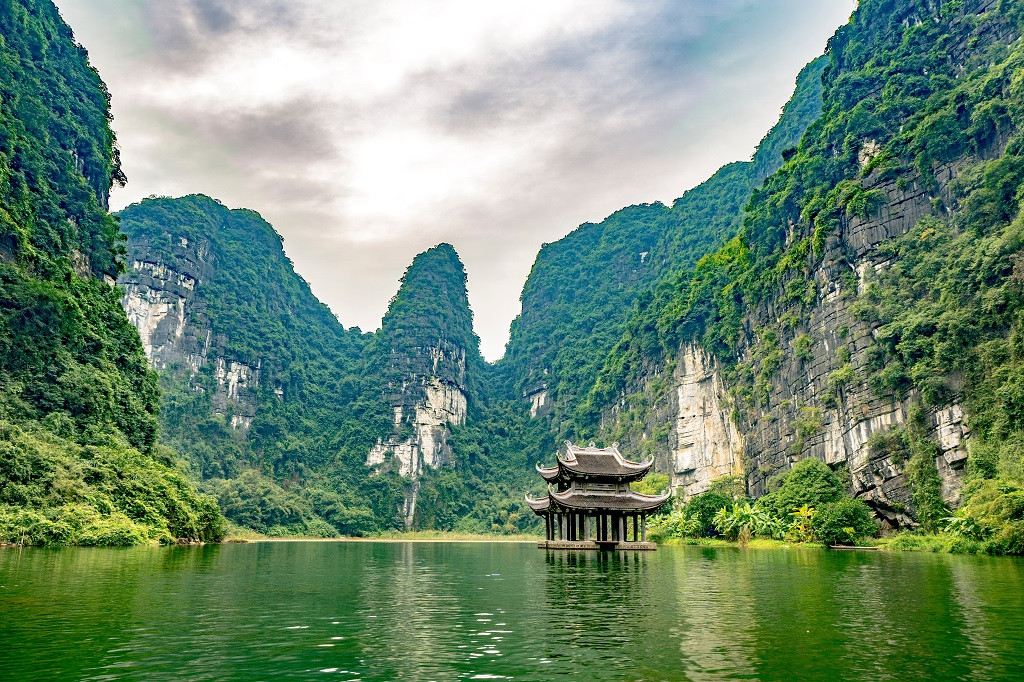
“Green living” is becoming a major trend worldwide—not just in how we eat and live but also in how we travel and seek entertainment. As a result, green travel, or ecotourism, is rising rapidly in popularity, offering travelers authentic experiences while helping protect the environment and local communities.
What is Green Travel or Ecotourism?
Green tourism (or ecotourism) is defined by the International Ecotourism Society (TIES) as:
“Responsible travel to natural areas that conserves the environment, sustains the well-being of local people, and involves education.”
Similarly, the Australian National Ecotourism Organization describes ecotourism as:
“Environmentally sustainable travel focused on experiencing natural areas, promoting understanding and appreciation, and contributing to conservation of the environment and cultural heritage.”
The Core Principles of Green Travel
According to TIES, the key principles behind ecotourism include:
✅ Minimizing physical, social, and psychological impacts
✅ Fostering respect for the environment and local cultures
✅ Providing meaningful experiences for both visitors and hosts
✅ Generating economic benefits for local communities
✅ Supporting environmental and cultural conservation
Green travel goes beyond visiting beautiful places—it’s about traveling responsibly and helping preserve Vietnam’s natural wonders and cultural heritage for future generations.
Important Things to Know About Green Travel in Vietnam
Green tourism in Vietnam isn’t just a trend—it’s vital for the sustainability of the country’s tourism industry and for bringing economic and social benefits to local communities.
However, travelers should be aware of some potential downsides:
- Environmental Sensitivity: Ecotourism often takes visitors to fragile ecosystems vulnerable to erosion, habitat disruption, or overuse.
- Wildlife Disturbance: Activities like hiking, gathering plants, or diving can disturb animals or damage vegetation.
- Waste Generation: Even eco-travelers can leave waste that harms pristine areas.
- Carbon Footprint: Traveling to remote natural sites often requires significant fuel consumption.
- Overtourism Risks: Popular eco-sites can transform into mass tourism destinations if not managed properly, causing environmental strain.
- Infrastructure Development: Building roads or resorts in remote areas can damage habitats.
Despite these challenges, green travel remains one of the most powerful ways to travel sustainably and support local livelihoods.
How is Green Travel Different from Regular Tourism?
Ecotourism often involves:
- Smaller groups and longer stays
- Physically active experiences (e.g. hiking, snorkeling, wildlife watching)
- Focus on learning and environmental education
By contrast, typical tourism often features:
- Larger tour groups
- Shorter visits
- More relaxed itineraries with fewer physical activities
Green tourism emphasizes responsible enjoyment of nature, cultural preservation, and economic benefits for local people.
Top Green Travel Destinations in Vietnam
Ready to discover Vietnam’s wild beauty sustainably? Here are some of the best places for green travel across the country:
Unspoiled Islands
Tu Binh Islands (Binh Ba – Binh Hung – Binh Lap – Binh Tien)
In Vietnam’s south-central coast, the Tu Binh Islands offer crystal-clear waters and tranquil beaches. Visitors can:
- Swim and snorkel in vibrant waters
- Savor delicious seafood, especially Binh Ba’s famous lobster BBQ
- Escape crowds and connect with nature
Nam Du Island
Dubbed the “Ha Long Bay of the South,” Nam Du Island in Kien Giang province boasts:
- Emerald seas and secluded beaches
- Affordable fresh seafood
- A peaceful atmosphere perfect for relaxation
Nam Du remains one of the hottest green destinations, ideal for travelers craving natural beauty and local charm.
Phu Quoc Island
Vietnam’s famous Phu Quoc Island offers:
- Stunning sunsets and idyllic beaches
- Diverse attractions—from Phu Quoc Prison’s historical significance to entertainment parks like VinWonders
- Accommodation options ranging from budget stays to luxury resorts
Phu Quoc blends eco-experiences with modern tourism infrastructure, making it a versatile green destination.
Hon Mun Island
Hon Mun Island near Nha Trang is renowned for Vietnam’s richest coral ecosystems. Activities include:
- Scuba diving and snorkeling to see colorful coral reefs
- Spotting unique marine life
- Sea walking tours for non-divers
This is a must-visit for underwater enthusiasts!
Vietnam’s Green Forests
Tra Su Melaleuca Forest
Located in An Giang province, Tra Su Melaleuca Forest offers:
- Magical boat rides through flooded forests during the floating season
- Scenic views of endless green canopy
- Unique photo opportunities among towering Melaleuca trees
- Local specialties to savor after your tour
Madagui Forest Resort
Set in Lam Dong province, Madagui Forest Resort is perfect for:
- Team-building activities
- Adventure sports like ziplining, kayaking, climbing, paintball, and horseback riding
- Peaceful camping amid fresh forest air
It’s a top choice for groups wanting both relaxation and excitement.
U Minh Forest
Located in Vietnam’s southernmost province, U Minh Forest is:
- Untouched and mysterious
- A place to explore diverse flora and fauna
- Rich in local culture, giving visitors a taste of life in wild Ca Mau
Perfect for travelers seeking off-the-beaten-path adventures.
Nam Cat Tien National Park
Nam Cat Tien National Park is one of Vietnam’s biodiversity hotspots, offering:
- Over 1,500 plant species and rare animals
- Waterfalls, lakes, and lush jungle
- Activities like trekking, wildlife spotting at night, camping, and team-building programs
It’s ideal for eco-enthusiasts and wildlife lovers wanting to reconnect with nature.
Why Green Travel Matters
If you’re passionate about protecting the planet while experiencing authentic adventures, Vietnam’s green travel scene has endless possibilities. By choosing eco-friendly tours, travelers:
✅ Conserve Vietnam’s natural heritage
✅ Support local communities and cultures
✅ Gain deeper, more meaningful travel experiences
Let’s make our journeys as beautiful for the Earth as they are for our memories.



